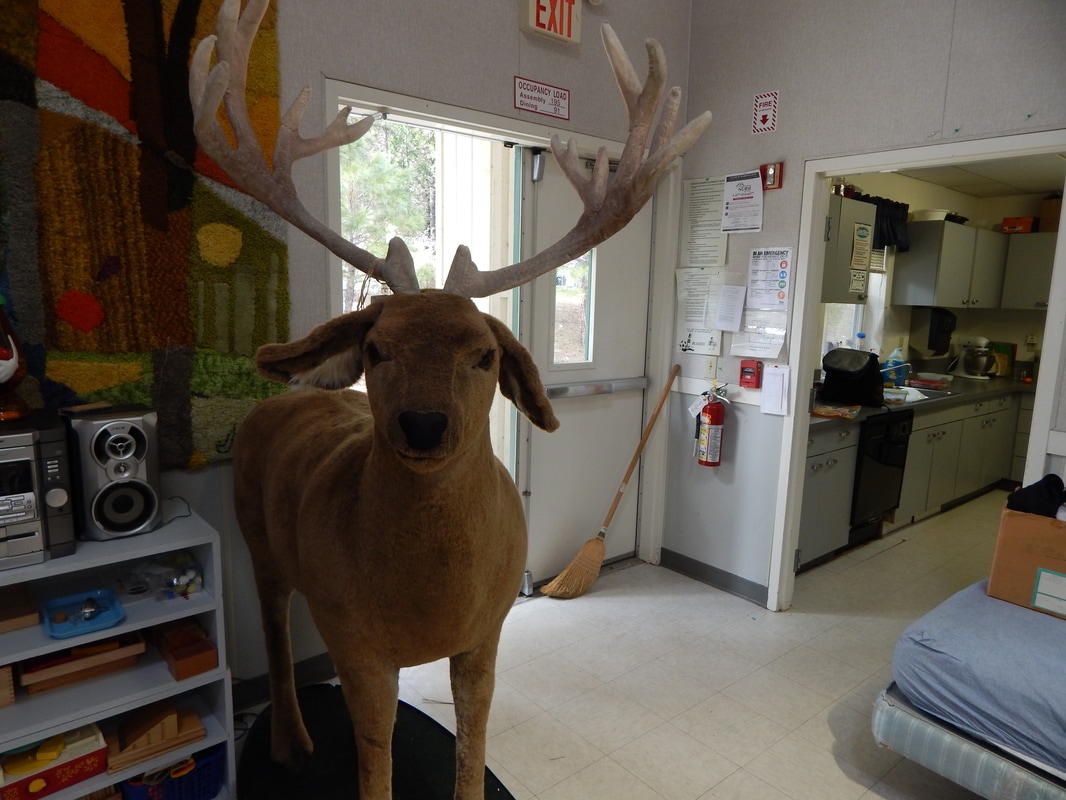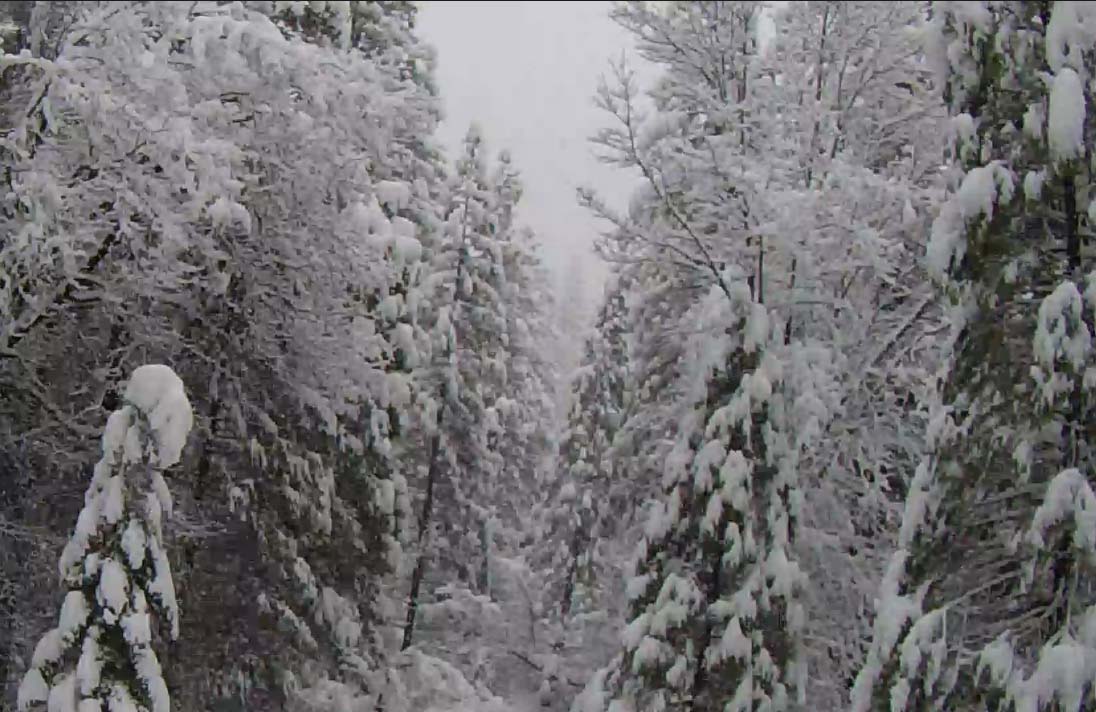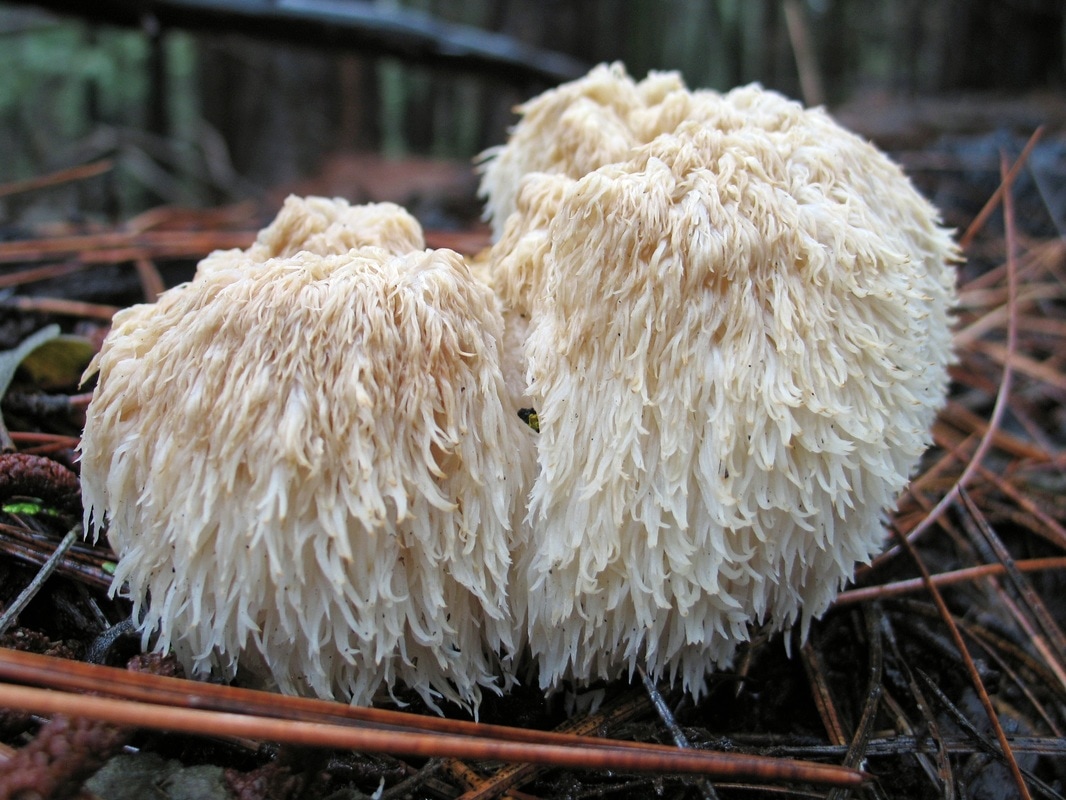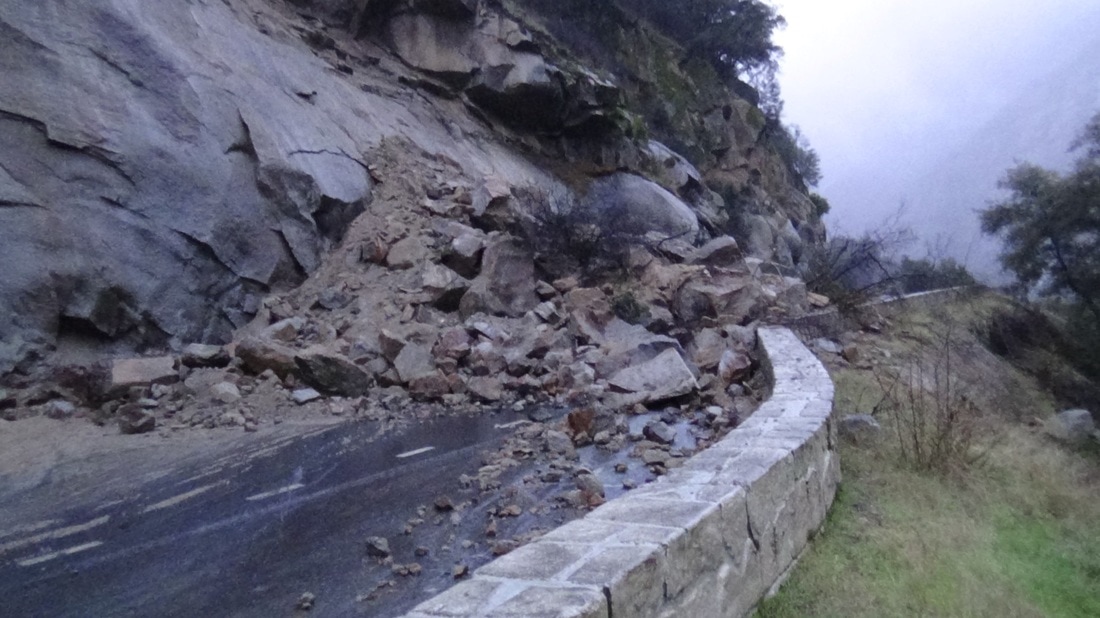WawonaNews.com - February 2017
YOSEMITE-WAWONA ELEMENTARY CHARTER SCHOOL
Board of Directors Meeting
Tuesday, February 7, 2017, 6:00 pm
Wawona Elementary School
7925 Chilnualna Falls Road
Wawona, California
AMMENDED AGENDA
- CALL TO ORDER
- ROLL CALL
- CONSENT AGENDA
- Approval of agenda
- Approval of minutes of the regular meeting, Jan. 10, 2017
- Financial reports
- Monthly approval of warrants (Action needed)
- Financial Report
- Payroll Report
- HEARING OF PERSONS WISHING TO ADDRESS THE BOARD
ACTION ITEMS
- Approve SARC Report
- Transportation policy and procedures for 2017.
- Waiting List Policy
- Discuss Uniform Guidance Policy
- 2015 Tax Filing and 2016-2017 Audit Proposal
- BOARD MEMBER COMMENTS
- STAFF REPORTS
- NEXT MEETING DATE
- CLOSED SESSION Personnel/Negotiations/Litigation
14.1.Employee Negotiations (Gov. Code 54957.6)
14.2.Personnel (Gov. Code 54957)
- RECOVENE IN OPEN SESSION: ANNOUNCE CLOSED SESSION ACTIONS
- ADJOURNMENT
California snowpack at drought-busting level, water managers say
PHILLIPS STATION, Calif. -- CBSnews.
Clambering through a snowy meadow with drifts up to the tree branches, California’s water managers measured the state’s vital Sierra Nevada snowpack Thursday at a drought-busting and welcome 173 percent of average.
Runoff from the overall Sierra snowpack, which provides arid California with a third of its water in a good year, stood at the highest level since 1995 for this point in the year, California’s Department of Water Resources said.
State officials say Gov. Jerry Brown will wait until closer to the end of California’s rain and snow season this spring to decide whether to lift an emergency declaration addressing the devastating five-year drought.
But Thursday’s snowpack reading, which took place in a meadow that had been bare of snow at the height of the drought, was good news.
“It gives everything a much brighter outlook,” said Frank Gehrke, the state’s snow-survey chief, who conducts the snow surveys several times each winter.
Photographers and other journalists trailed Gehrke in a Groundhog Day-style ritual in the state, where water shortages from the drought and from overuse have often dominated the news.
Gehrke noted the snow plows rumbling and ski lifts humming up and down the mountain range when he poked a rod into the drifts at Phillips Station, about 90 miles east of Sacramento.
Gehrke had to change his route because the snow was so much higher than normal. At Phillips Station, his measurements showed snow at a level that would have melted down to 28.1 inches of water. That compares to 11.3 inches in an average year.
The state measures overall snowpack through more than 100 electronic sensors throughout the Sierra Nevada.
Statewide, snowpack stood at 173 percent of average for the date.
Back-to-back-to-back storms in January that each dropped a hurricane’s worth of water have put the state at 108 percent of its normal rain and snow for the whole year, said Michael Dettinger, a hydrologist for the U.S. Geological Survey. That’s with two months still left in the rainy season.
The storm systems, known as atmospheric rivers, “caught us all off-guard, how many came in so quickly, and turned everything around,” Dettinger said.
January’s storms have lifted the northern half of the state out of drought. On Thursday, 51 percent of the state remained in drought, compared to 95 percent at this time last year.In January of 2014, Brown stood at Phillips Station to declare a drought emergency in California. He ordered mandatory water conservation in cities and towns. Phillips Station at that point held no measurable snow, amid the state’s driest three-year stretch in history.
State water officials lifted the statewide mandate for a 25 percent reduction in water use as the drought eased. Some conservation orders remain in effect.
Given this year’s wealth of rain and snow, some farmers and city governments are urging the state to provide them with more water. That would mean cutting back on water the state allows to flow to the Pacific Ocean, to benefit struggling native species whose numbers have dwindled in the drought.
Conservation groups, meanwhile, say the state hasn’t gone far enough to cut agricultural and urban water use, especially as warming temperatures from climate change threatens the cycle of snowfall and melt.
Clambering through a snowy meadow with drifts up to the tree branches, California’s water managers measured the state’s vital Sierra Nevada snowpack Thursday at a drought-busting and welcome 173 percent of average.
Runoff from the overall Sierra snowpack, which provides arid California with a third of its water in a good year, stood at the highest level since 1995 for this point in the year, California’s Department of Water Resources said.
State officials say Gov. Jerry Brown will wait until closer to the end of California’s rain and snow season this spring to decide whether to lift an emergency declaration addressing the devastating five-year drought.
But Thursday’s snowpack reading, which took place in a meadow that had been bare of snow at the height of the drought, was good news.
“It gives everything a much brighter outlook,” said Frank Gehrke, the state’s snow-survey chief, who conducts the snow surveys several times each winter.
Photographers and other journalists trailed Gehrke in a Groundhog Day-style ritual in the state, where water shortages from the drought and from overuse have often dominated the news.
Gehrke noted the snow plows rumbling and ski lifts humming up and down the mountain range when he poked a rod into the drifts at Phillips Station, about 90 miles east of Sacramento.
Gehrke had to change his route because the snow was so much higher than normal. At Phillips Station, his measurements showed snow at a level that would have melted down to 28.1 inches of water. That compares to 11.3 inches in an average year.
The state measures overall snowpack through more than 100 electronic sensors throughout the Sierra Nevada.
Statewide, snowpack stood at 173 percent of average for the date.
Back-to-back-to-back storms in January that each dropped a hurricane’s worth of water have put the state at 108 percent of its normal rain and snow for the whole year, said Michael Dettinger, a hydrologist for the U.S. Geological Survey. That’s with two months still left in the rainy season.
The storm systems, known as atmospheric rivers, “caught us all off-guard, how many came in so quickly, and turned everything around,” Dettinger said.
January’s storms have lifted the northern half of the state out of drought. On Thursday, 51 percent of the state remained in drought, compared to 95 percent at this time last year.In January of 2014, Brown stood at Phillips Station to declare a drought emergency in California. He ordered mandatory water conservation in cities and towns. Phillips Station at that point held no measurable snow, amid the state’s driest three-year stretch in history.
State water officials lifted the statewide mandate for a 25 percent reduction in water use as the drought eased. Some conservation orders remain in effect.
Given this year’s wealth of rain and snow, some farmers and city governments are urging the state to provide them with more water. That would mean cutting back on water the state allows to flow to the Pacific Ocean, to benefit struggling native species whose numbers have dwindled in the drought.
Conservation groups, meanwhile, say the state hasn’t gone far enough to cut agricultural and urban water use, especially as warming temperatures from climate change threatens the cycle of snowfall and melt.
Wawona’s blast to the past
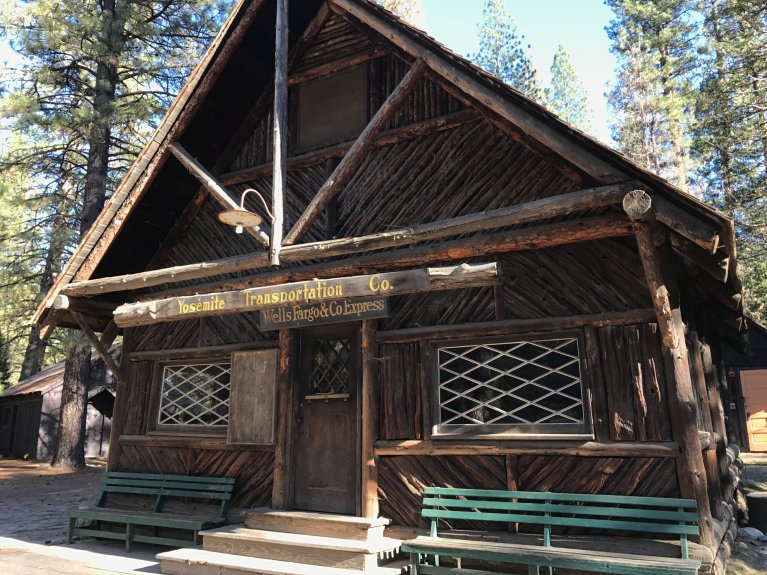
The Wells Fargo Office, which sits in Wawona’s Pioneer Yosemite History Center, was a communications hub for early visitors to Yosemite Valley, who arrived by horse-drawn or auto carriage in the early part of the 20th century. They used this office to make long-distance phone calls or send telegrams. (Jackie Burrell/Bay Area News Group)
 A 19th century covered bridge leads visitors to Wawona’s Pioneer Yosemite History Center. (Photos: Jackie Burrell/Bay Area News Group)
A 19th century covered bridge leads visitors to Wawona’s Pioneer Yosemite History Center. (Photos: Jackie Burrell/Bay Area News Group)
By JACKIE BURRELL | [email protected] |
There are few things more breathtaking than that first glimpse of the Yosemite Valley and the sheer majesty of El Capitan. But glorious as that is, it’s a mere subset of the national park’s 1,162 square miles, which hold acres of trails and rugged wilderness — and a Victorian blast to the past in Wawona.
There are few things more breathtaking than that first glimpse of the Yosemite Valley and the sheer majesty of El Capitan. But glorious as that is, it’s a mere subset of the national park’s 1,162 square miles, which hold acres of trails and rugged wilderness — and a Victorian blast to the past in Wawona.
That covered bridge is one of the oldest structures in Yosemite. Built in 1857, the bridge was the stopping point for stagecoaches heading to Yosemite Valley. Travelers spent the night at the lodge and had their horses and stages seen to at the old grey barn before embarking on what was typically an 8-hour journey by 4-up stage — a four-horse carriage — to the valley.
These days, it’s a mere 1-hour drive on paved roads in a significantly cushier vehicle. But crossing the bridge on foot, one can almost hear the rumble of wooden wheels and the nickering of horses across the span of time. Emerge on the other side, and it’s as if time has stopped altogether.
A cluster of log cabins and historic buildings awaits. The tableau may look like a village, but it’s a window to the past, dotted by buildings moved here from different parts of the park to represent different places and times.
So when you peer in the dusty glass of the artist’s cabin, built by painter Christian Jorgensen near Sentinel Bridge in the 1850s and moved here a century later, it’s not only Jorgensen’s digs. The cabin represents the Instagrammers of the Gold Rush era, the early artists who popularized and publicized Yosemite through their paintings and sketches.
Nearby, you’ll spot the Big Meadow cabin of miner and guide George Anderson, the first 19th-century climber to reach the Half Dome summit. There’s a Well Fargo office, a powderhouse, a small, very claustrophobic jail and a U.S. Army Cavalry office, the headquarters for …
OK, who knew that Buffalo Soldiers were among the park’s first rangers?
Turns out Yosemite was a national park long before there was a National Park Service, let alone legions of park rangers. Instead, the U.S. Army sent soldiers — including 500 Buffalo Soldiers — to Yosemite and Sequoia parks from the San Francisco Presidio to protect the trails and parklands each summer. It was a coveted beat, too, as beautiful then as it is now.
Actually, we spent most of our visit to this pioneer history center in a state of “who knew?” wonder. Who knew there were once blacksmith shops throughout the park? Seems each 4-up stage needed an astonishing 16 horses to make the journey from Wawona to Yosemite Valley. The trip required four changes of horses and blacksmith stops for any necessary repairs to horseshoes or carriage. (And we will never whine about oil changes or snow chains again.)
And who knew that Degnan’s Deli, Cafe and Pizza Loft, the trio of cafes near the Yosemite Valley visitors center, is named for a plucky, young Irish woman? In 1884, the Degnan family was living at one end of a Yosemite Valley barn, when Bridget began selling loaves of her homemade bread, baked in Dutch ovens set in the embers of the fireplace, to help support her growing family. The bread proved so popular, the Degnans expanded, acquired a larger oven, then an even bigger one, and eventually opening not only a bakery, but a cafe — in the new home that husband John built for his family of 10 near the Yosemite Chapel.
You’ll find that 19th-century bakery building here in Wawona now, surrounded by the past. Any trace of yeasty fragrance or freshly baked bread will rely on your imagination, so let your dreams wander. Peek in the windows and read the stories on placards placed neatly nearby.
The 21st century may lie just across the covered bridge, but it can wait.
There are few things more breathtaking than that first glimpse of the Yosemite Valley and the sheer majesty of El Capitan. But glorious as that is, it’s a mere subset of the national park’s 1,162 square miles, which hold acres of trails and rugged wilderness — and a Victorian blast to the past in Wawona.
There are few things more breathtaking than that first glimpse of the Yosemite Valley and the sheer majesty of El Capitan. But glorious as that is, it’s a mere subset of the national park’s 1,162 square miles, which hold acres of trails and rugged wilderness — and a Victorian blast to the past in Wawona.
That covered bridge is one of the oldest structures in Yosemite. Built in 1857, the bridge was the stopping point for stagecoaches heading to Yosemite Valley. Travelers spent the night at the lodge and had their horses and stages seen to at the old grey barn before embarking on what was typically an 8-hour journey by 4-up stage — a four-horse carriage — to the valley.
These days, it’s a mere 1-hour drive on paved roads in a significantly cushier vehicle. But crossing the bridge on foot, one can almost hear the rumble of wooden wheels and the nickering of horses across the span of time. Emerge on the other side, and it’s as if time has stopped altogether.
A cluster of log cabins and historic buildings awaits. The tableau may look like a village, but it’s a window to the past, dotted by buildings moved here from different parts of the park to represent different places and times.
So when you peer in the dusty glass of the artist’s cabin, built by painter Christian Jorgensen near Sentinel Bridge in the 1850s and moved here a century later, it’s not only Jorgensen’s digs. The cabin represents the Instagrammers of the Gold Rush era, the early artists who popularized and publicized Yosemite through their paintings and sketches.
Nearby, you’ll spot the Big Meadow cabin of miner and guide George Anderson, the first 19th-century climber to reach the Half Dome summit. There’s a Well Fargo office, a powderhouse, a small, very claustrophobic jail and a U.S. Army Cavalry office, the headquarters for …
OK, who knew that Buffalo Soldiers were among the park’s first rangers?
Turns out Yosemite was a national park long before there was a National Park Service, let alone legions of park rangers. Instead, the U.S. Army sent soldiers — including 500 Buffalo Soldiers — to Yosemite and Sequoia parks from the San Francisco Presidio to protect the trails and parklands each summer. It was a coveted beat, too, as beautiful then as it is now.
Actually, we spent most of our visit to this pioneer history center in a state of “who knew?” wonder. Who knew there were once blacksmith shops throughout the park? Seems each 4-up stage needed an astonishing 16 horses to make the journey from Wawona to Yosemite Valley. The trip required four changes of horses and blacksmith stops for any necessary repairs to horseshoes or carriage. (And we will never whine about oil changes or snow chains again.)
And who knew that Degnan’s Deli, Cafe and Pizza Loft, the trio of cafes near the Yosemite Valley visitors center, is named for a plucky, young Irish woman? In 1884, the Degnan family was living at one end of a Yosemite Valley barn, when Bridget began selling loaves of her homemade bread, baked in Dutch ovens set in the embers of the fireplace, to help support her growing family. The bread proved so popular, the Degnans expanded, acquired a larger oven, then an even bigger one, and eventually opening not only a bakery, but a cafe — in the new home that husband John built for his family of 10 near the Yosemite Chapel.
You’ll find that 19th-century bakery building here in Wawona now, surrounded by the past. Any trace of yeasty fragrance or freshly baked bread will rely on your imagination, so let your dreams wander. Peek in the windows and read the stories on placards placed neatly nearby.
The 21st century may lie just across the covered bridge, but it can wait.
Portion Of Highway 41 Temporarily Closed In Yosemite
January 23, 2017 - 8:27 am - SierraNews online
YOSEMITE — The Mariposa County Sheriff’s Office has issues an alert advising that Highway 41 is temporarily closed between Wawona and Yosemite Valley due to snow accumulation.
Yosemite West residents and visitors and advised not to leave during closure.
The road between the south entrance and Wawona is reportedly open, and R2 chain restrictions are in place throughout the park.
R2: Chains or traction devices are required on all vehicles except four wheel/ all wheel drive vehicles with snow-tread tires on all four wheels.
YOSEMITE — The Mariposa County Sheriff’s Office has issues an alert advising that Highway 41 is temporarily closed between Wawona and Yosemite Valley due to snow accumulation.
Yosemite West residents and visitors and advised not to leave during closure.
The road between the south entrance and Wawona is reportedly open, and R2 chain restrictions are in place throughout the park.
R2: Chains or traction devices are required on all vehicles except four wheel/ all wheel drive vehicles with snow-tread tires on all four wheels.
Yosemite Ski and Snowboard Area (formerly Badger Pass) Finally Opening Jan 14.
The Yosemite Ski & Snowboard Area (formerly known as Badger Pass) plans to open for the season Saturday (Jan. 14) with about 4 to 5 feet of recent snow.
As of Thursday, you could only drive into the valley by taking California Highway 41 (Wawona Road) from Oakhurst, passing Fish Camp and Wawona. The park’s bigger access roads, California 120 (Big Oak Flat Road) and 140 (El Portal Road), were closed in places because of a series of storm-related rockfalls. No reopening times were given.
However, the weather outlook for Friday through Monday is clear, which could be a break for crews repairing the roads.
For those who visit Monday only, the $25 entrance fee to the park is waived for Martin Luther King Jr. Day.
At the ski area, all-day lift tickets for downhill skiers cost $47 for adults, $42 for kids 13 to 17, and $29.50 for children 7 to 12 years old (kids 6 and younger go free with a paying adult). The lift is open 9 a.m. to 4 p.m. daily.
Or you can rent cross-country skis at the Nordic Center and hit the trails. Ski, boots and poles cost $24 for adults and $13.50 for children 12 and younger. Those who prefer snowshoes can rent them for $22.50 for a day, and arrange to go on ranger-led walks too.
In a news release Thursday, park officials warned drivers to be aware of wet and icy conditions and to bring tire chains in case they are needed.
Yosemite has been hit with a number of rain and snow storms since last Saturday that pushed the Merced River to flood stage. Hotels and services in the valley closed temporarily last weekend in anticipation of the storms.
As of Thursday, you could only drive into the valley by taking California Highway 41 (Wawona Road) from Oakhurst, passing Fish Camp and Wawona. The park’s bigger access roads, California 120 (Big Oak Flat Road) and 140 (El Portal Road), were closed in places because of a series of storm-related rockfalls. No reopening times were given.
However, the weather outlook for Friday through Monday is clear, which could be a break for crews repairing the roads.
For those who visit Monday only, the $25 entrance fee to the park is waived for Martin Luther King Jr. Day.
At the ski area, all-day lift tickets for downhill skiers cost $47 for adults, $42 for kids 13 to 17, and $29.50 for children 7 to 12 years old (kids 6 and younger go free with a paying adult). The lift is open 9 a.m. to 4 p.m. daily.
Or you can rent cross-country skis at the Nordic Center and hit the trails. Ski, boots and poles cost $24 for adults and $13.50 for children 12 and younger. Those who prefer snowshoes can rent them for $22.50 for a day, and arrange to go on ranger-led walks too.
In a news release Thursday, park officials warned drivers to be aware of wet and icy conditions and to bring tire chains in case they are needed.
Yosemite has been hit with a number of rain and snow storms since last Saturday that pushed the Merced River to flood stage. Hotels and services in the valley closed temporarily last weekend in anticipation of the storms.
El Portal Road (Highway 140) into Park Reopens
Jan 10 - Road to close tonight at 6:00 p.m. due to weather and rockfall concerns
The El Portal Road (Highway 140) into Yosemite National Park has reopened to all traffic following a rockfall that occurred during early Sunday morning. The road is anticipated to stay open, with controlled traffic, throughout the day. However, the road will close this evening at 6:00 p.m. to all vehicular traffic based on weather and rockfall concerns. The park will evaluate road and weather conditions early tomorrow morning and assess whether or not the road can be reopened. There is currently rain and snow falling in Yosemite National Park and continued precipitation is forecast over the next several days.
Visitor access to Yosemite Valley via the Big Oak Flat Road (Highway 120) and the Wawona Road (Highway 41) is currently open. Visitors should always carry tire chains and chain control can be implemented at any time. The Hetch Hetchy Road remains closed due to a rockfall.
Visitors should be aware that there will be limited visitor services inside Yosemite Valley today, Tuesday January 10, 2017, and plan accordingly. Overnight accommodations and commercial services operated by the park concessioner are slated to fully reopen tomorrow, Wednesday January 11, 2017. Campgrounds in Yosemite Valley are open.
The Merced River in Yosemite Valley reached flood stage at Pohono Bridge (above 10 feet) Sunday afternoon. The river peaked at 12.7 feet at 4:00 a.m. on Monday, January 9, 2017. Although there was no major flooding, park roads and infrastructure (water systems, sewer systems, etc.) and visitor facilities were impacted. The park is currently assessing the impacts and will address any repair needs in the coming days and weeks.
Park visitors are asked to be aware of hazards, including potential wet and icy road conditions, rockfall, and debris in roadways. The park has experienced significant rainfall over the past month and ground saturation could lead to hazardous conditions along park roadways.
For updated 24-hour road and weather conditions for Yosemite National Park, please call 209-372-0200 and press 1. Updated information is also available on the park’s website at www.nps.gov/yose
-NPS-
Lion's Mane
Hericium erinaceus (also called lion's mane mushroom, bearded tooth mushroom, satyr's beard, bearded hedgehog mushroom, pom pom mushroom, or bearded tooth fungus) is an edible and medicinal mushroom belonging to the tooth fungus group. Native to North America, Europe and Asia it can be identified by its long spines (greater than 1 cm length), its appearance on hardwoods and its tendency to grow a single clump of dangling spines.[1] Hericium erinaceus can be mistaken for other species of Hericium, all popular edibles, which grow across the same range.
Yosemite Valley to Reopen to
Visitors Tomorrow Morning,Tuesday, January 10, at 8:00 a.m.
Park assessing impacts from storm over the weekend
Yosemite Valley will reopen for day-use visitors tomorrow morning, January 10, 2017 at 8:00 a.m.
There is no access to Yosemite Valley via the El Portal Road (Highway 140) due to a rockfall that occurred early this morning. There is no estimated day or time for the road to reopen. The Hetch Hetchy Road is also closed due to a rockfall. Visitors should be aware that there will be limited visitor services and plan accordingly. Overnight accommodations and commercial services operated by the park concessioner are slated to reopen on Wednesday, January 11, 2017. Campgrounds in Yosemite Valley are slated to be open for tomorrow evening.
The Merced River in Yosemite Valley reached flood stage at Pohono Bridge (above 10 feet) last evening. The river peaked at 12.7 feet at 4:00 a.m. and park roads facilities have been impacted. The park is currently assessing the impacts and will address any repair needs in the coming days and weeks. Although there was no major flooding in Yosemite Valley, both roads and infrastructure (water systems, sewer systems, etc.) were impacted.
Park visitors are asked to be aware of hazards, including potential wet and icy road conditions, rockfall, and debris in roadways. The park has experienced significant rainfall over the past month and ground saturation could lead to hazardous conditions along park roadways.
For updated 24-hour road and weather conditions for Yosemite National Park, please call 209-372-0200 and press 1. Updated information is also available on the park’s website at www.nps.gov/yose
-NPS-
There is no access to Yosemite Valley via the El Portal Road (Highway 140) due to a rockfall that occurred early this morning. There is no estimated day or time for the road to reopen. The Hetch Hetchy Road is also closed due to a rockfall. Visitors should be aware that there will be limited visitor services and plan accordingly. Overnight accommodations and commercial services operated by the park concessioner are slated to reopen on Wednesday, January 11, 2017. Campgrounds in Yosemite Valley are slated to be open for tomorrow evening.
The Merced River in Yosemite Valley reached flood stage at Pohono Bridge (above 10 feet) last evening. The river peaked at 12.7 feet at 4:00 a.m. and park roads facilities have been impacted. The park is currently assessing the impacts and will address any repair needs in the coming days and weeks. Although there was no major flooding in Yosemite Valley, both roads and infrastructure (water systems, sewer systems, etc.) were impacted.
Park visitors are asked to be aware of hazards, including potential wet and icy road conditions, rockfall, and debris in roadways. The park has experienced significant rainfall over the past month and ground saturation could lead to hazardous conditions along park roadways.
For updated 24-hour road and weather conditions for Yosemite National Park, please call 209-372-0200 and press 1. Updated information is also available on the park’s website at www.nps.gov/yose
-NPS-
Park Employee Update for Monday, January 9, at 10 am
River Status
The Merced River peaked at 12.68 feet overnight and was at 11.8 feet at 9 am. The South Fork Merced River peaked just under 10 feet. The latest river forecast is calling for river stage to get below 10 feet (flood stage) around 1 pm, however, this forecast doesn’t account for the effects of the El Capitan Moraine, which slows outflow from Yosemite Valley.
Residents of Yosemite Valley, please delay your return to the Valley. We are planning an update around noon today and are still hopeful that you can return today via the Wawona and Big Oak Flat Roads. We understand you’re frustrated and apologize for the change in plans.
Impacts
- El Portal Road (Hwy 140) will be closed today (possibly longer) due to a significant rockfall near Dog Rock (see attached photo). Caltrans reports no issues along Highway 140 (outside the park). YARTS is operating on a limited schedule, but is not providing service to Yosemite Valley today. Check their Facebook page for updates: https://www.facebook.com/rideyarts/posts/1024317877711928.
- Big Oak Flat Road has had some rockfall, which should be cleaned up soon. Chains may be required later today (and the rest of the week), based on the weather forecast.
- Wawona Road (Hwy 41) has no significant issues. Chains may be required later today (and the rest of the week), based on the weather forecast.
- The sewer system is near capacity right now due to floodwater infiltration. This should resolve as flood waters recede. We are waiting for this to occur before allowing additional people into Yosemite Valley, since more people in the Valley will cause the sewer system to exceed its capacity. The only lift station out of service is at Housekeeping Camp. The only issue with this is that this lift station supplies backup power to other lift stations on the south side of the river. As of now, commercial power is still on in Yosemite Valley.
- There are no known issues with flooding at residences, however, we are continuing assessments. Flooding did occur at the concession security office and garage area due to overflow from Indian Creek.
When Should You Return to Work?
- NPS employees who were not evacuated: If you work in Yosemite Valley, do not attempt to come to work in the Valley today unless directed otherwise by your supervisor once we allow access for residents and employees. Telework or make other arrangements with your supervisor. Further guidance on Administrative Leave will be forthcoming.
- NPS employees who were evacuated: Same as above, except you may return to Yosemite Valley once access is allowed.
- Non-NPS employees: Work with your supervisor.
- Note: YNP Child Care Center in Yosemite Valley may be closed Tuesday pending the status of El Portal Road. Look for direct email communications from YNPCCC. As of Sunday evening, the Yosemite Valley School was planning to reopen on Tuesday.
Again, all these plans are tentative and subject to change based on conditions. We appreciate your flexibility.
Reminders:
Employee hotline: 209-379-1186
Sign up for the Rapid Notify alert service: http://www.rapidnotify.com/customer/Yosemite.html
